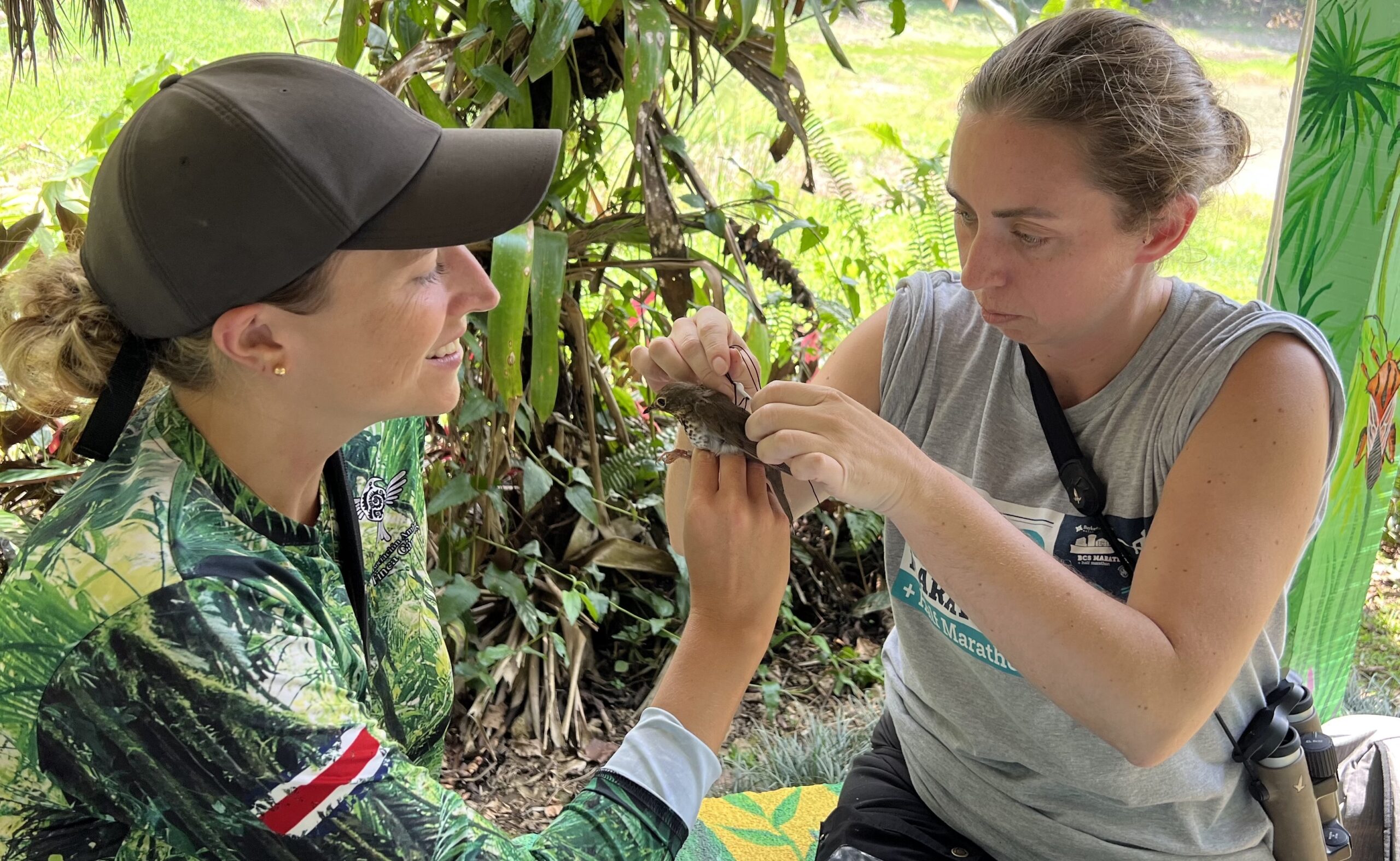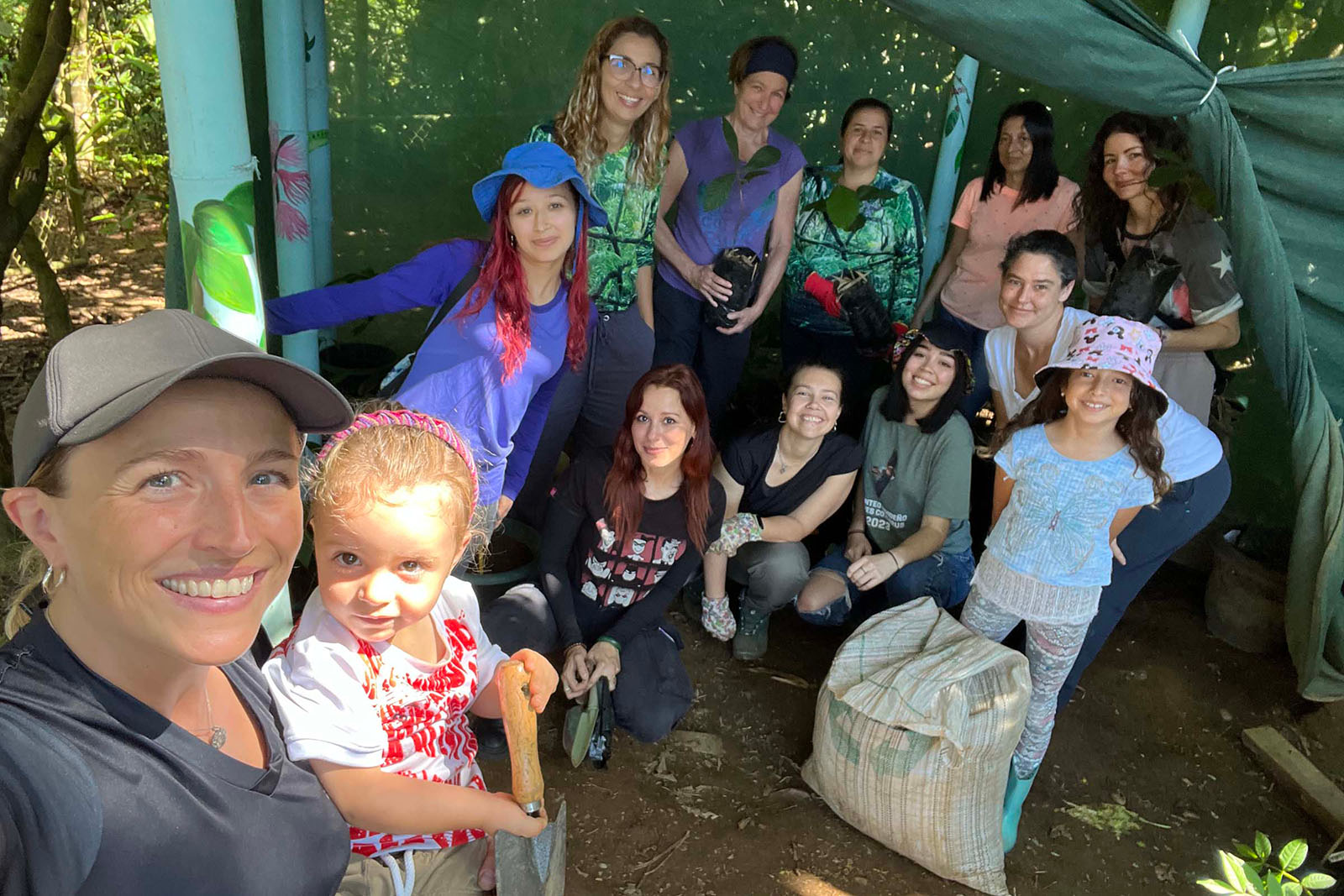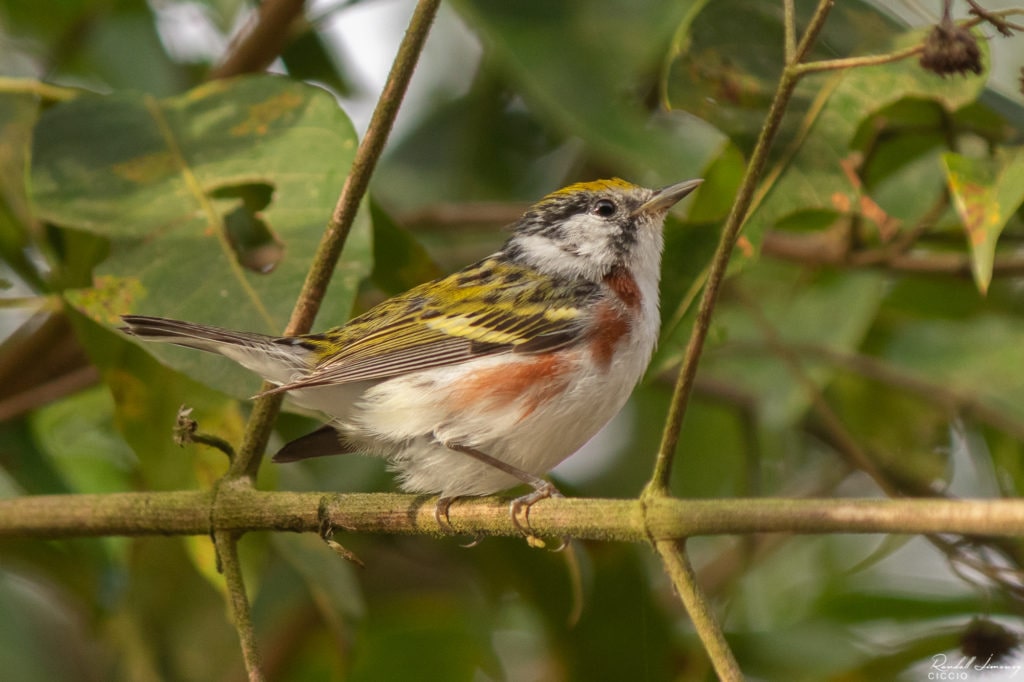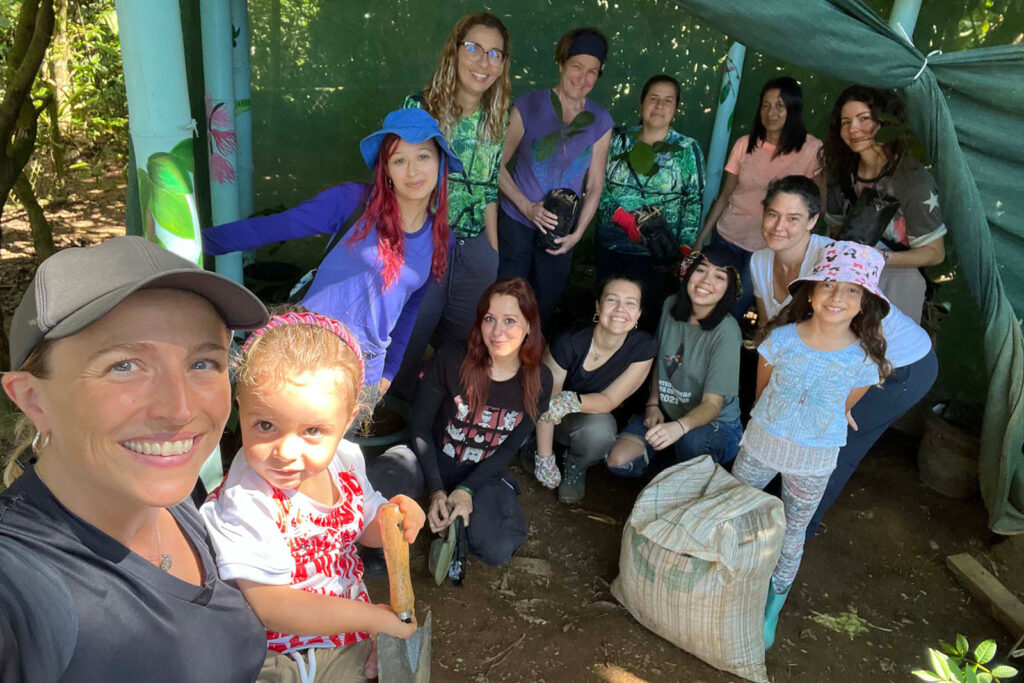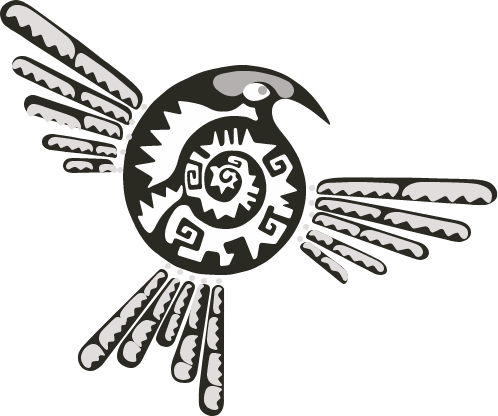Environmental education (EE) is a diverse forest, like our young Children’s Forest of Coto Brus. And EE is at the core of all our goals at Finca Cántaros Environmental Association.
Each of the different native species planted in our Children’s Forest represents one of the many unique goals of the vast field of EE. From cultivating environmental identity, to bolstering individual self-efficacy, to creating social capital…
…I’m just naming a few.
Today I will focus on one of these “species” in the EE forest—environmental identity—using another ecological metaphor.
The proverbial grain of sand that gets lodged in a mollusk is an “irritant.” It provokes the creature to produce layers upon layers of lastre, which over time, create a pearl.
What is the opposite of an irritant? A delight?
Let’s go with that!
What is the opposite of an irritant? A delight?
Let’s go with that!
A delight for nature got lodged in me at a young age: by watching the Blue Jays and other birds flock to our feeder or by spending time in my “Enchanted Forest,” both in my childhood backyard in Quebec, Canada. Google Maps won’t reveal the Enchanted Forest, but it was very official to young me, complete with different “sectors” bearing names such as “Mossy Shadows” and “Magical Silence.” These were indeed magical experiences—and they served as the first grains of sand sparking the first layers of my environmental identity.
My desire to spend time in nature is one layer of my environmental identity. It has grown “thicker” year after year since I was that little girl who proclaimed herself “Lilly Blue Jay Briggs, the environmentalist” and organized elementary class bake sales to raise money to protect the rainforest. My unfaltering belief that nature is important to both me and every other human being alive has in turn motivated me to help protect and create other Enchanted Forests. It has driven me to become an environmental educator who can hopefully inspire others to do the same.
But I am not a special snowflake, and my story is not unique. Studies have shown time and again that positive experiences in nature as children, combined with supportive adult mentors to help build confidence and capacity, are common themes among the stories of countless other adults dedicated to conservation.
I’m grateful to my father, who took me hiking and birding and just generally got me hopped up on nature the way some kids get hopped up on sugar.
I’m grateful to my mother, who bought me books like “50 Ways Kids Can Help Save the Planet” and helped me think strategically about how to organize the environmental education activities I dreamed up.
These powerful forces fed on each other, and fed the ongoing growth of new layers of my environmental identity. And Finca Cántaros Environmental Association wants to create similar experiences for as many young people as possible. We want to provide the sparks of delight that might create or strengthen layers of their environmental identities, too. To review, the dimensions of environmental identity include one’s connection to aspects of the environment and one’s belief that nature is an important part of who we are. Together, these dimensions can motivate our desire to help protect the environment.
All of our environmental identity “pearls,” mine included, are flawed and a work in progress. But they are beautiful and diverse and create hope for the future. Like a forest, and like the field of environmental education.



